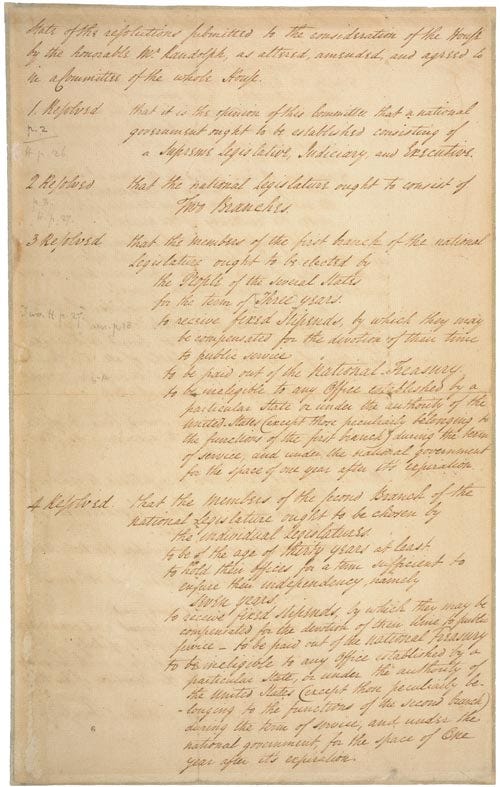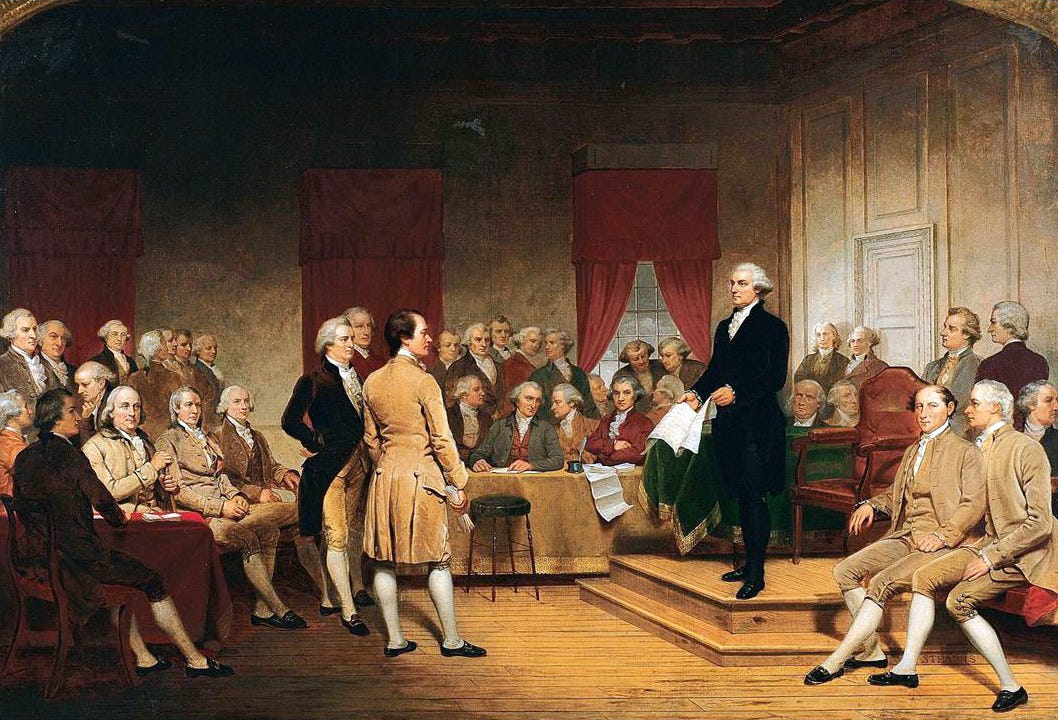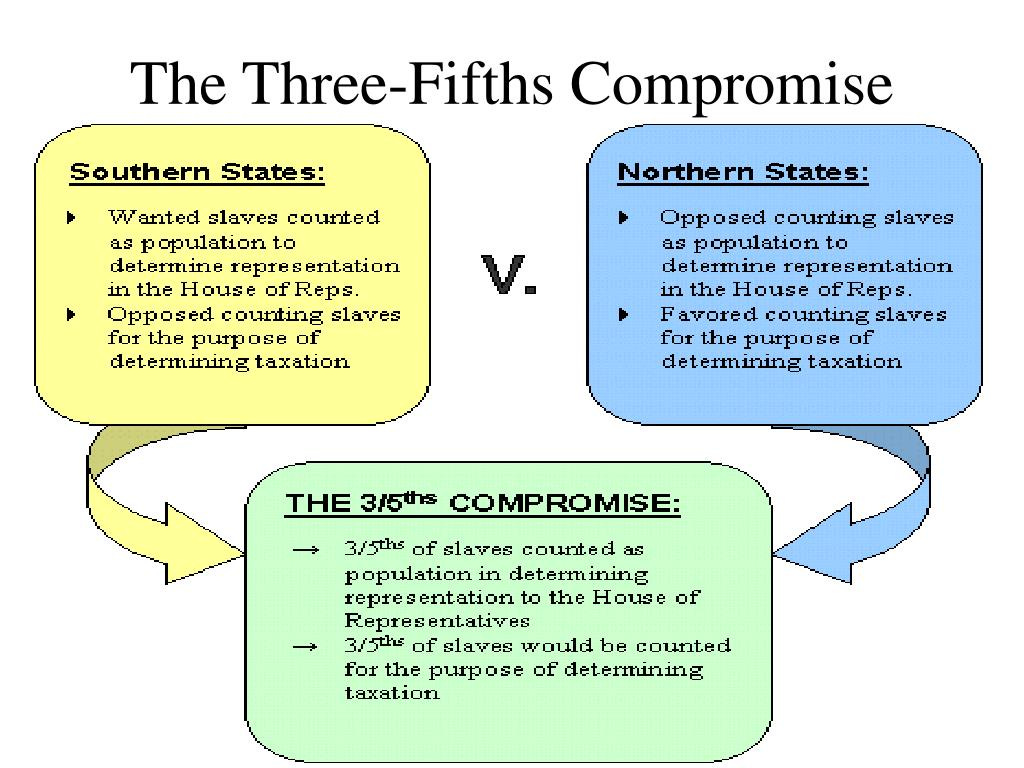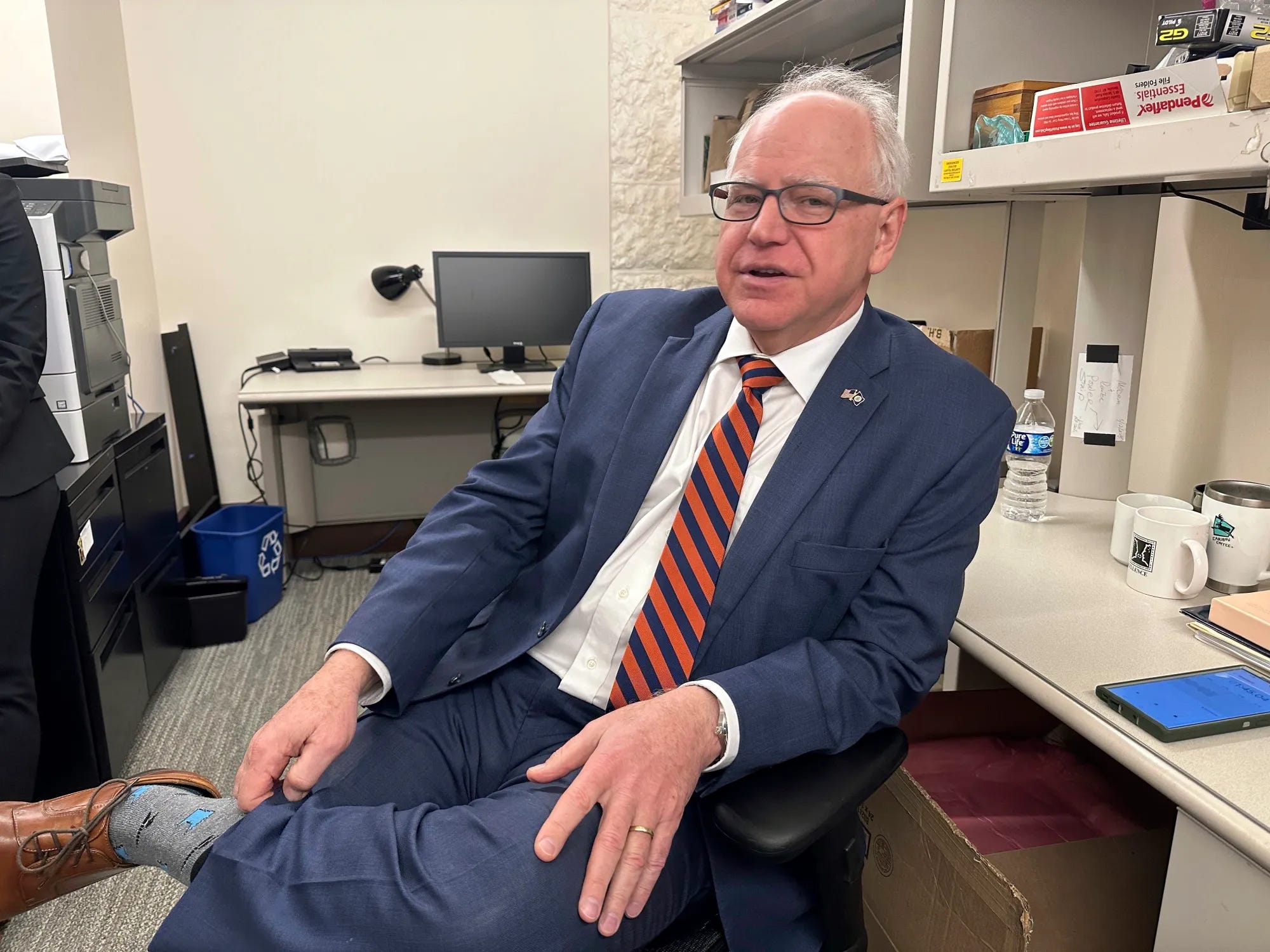Will the majority pick the President in 2028?
Proposed overhaul of the Electoral College is *this* close to happening.
There are very few political junkies who have a moderate view about the Electoral College. Generally, people either revere it and maintain that it must be preserved, OR they strongly desire to overhaul it. The impetus for this post is a growing movement to replace our current voting system with a clean popular vote. Remove the electors and replace it with a pure democracy. Over 17 states have already said they want to see this change happen. Is this good? Will it end poorly? I have my personal opinion, but first, I want to give you the brass tacks so you can come to your own conclusion.
An outsized number of Americans are actually pretty confused about how we select a President, so I thought a primer would be helpful….
What happened in 1787, and what exactly is the Electoral College?
In 1787, at the Constitutional Convention, the establishment of the Electoral College resulted from a series of debates and compromises among the delegates regarding how the President of the United States should be elected. Remember, our Founding Fathers had just recently fled a form of government with a powerful figurehead who was tyrannical in his rule, so they were very, very wary of creating a carbon copy of that system in the states.

Compromise Between Plans: The convention was initially divided between the Virginia Plan, which proposed that Congress elect the president, and the idea of a direct popular vote. The Electoral College (don’t worry - I’ll explain all about it below) emerged as a compromise solution.
Fear of Direct Democracy: Many delegates feared that a direct popular vote would lead to demagoguery or that the populace might not be well-informed enough to make such a critical decision. In 1787, people were still traversing the land in covered wagons, information traveled slowly, and the nation was just starting to come together - it was thought that the average citizen wouldn’t have enough information or resources to make an intelligible choice for a leader. Conversely, they also wanted to avoid giving too much power to Congress, preserving the separation of powers.
Influence of Slave States: The Electoral College system was influenced by the need to balance power between states with large slave populations and those without. The Southern states wanted to ensure that they had an equal say in the voting outcome as non-slave states but they lacked the numbers if they didn’t count their slaves as “persons.” Enter: The Three-Fifths Compromise, which counted slaves as three-fifths of a person for representation purposes, indirectly affecting the allocation of electors by increasing the representation of slave states.
State Sovereignty and Influence: Small states and states with lower populations were concerned that their voices would be overshadowed by larger states in a direct election. The Electoral College ensured that each state had a minimum of three electors (reflecting their two Senators plus at least one Representative), thereby giving smaller states more relative influence.
Elector Selection: The method for choosing electors was left to the states, which allowed for flexibility but also reflected the distrust in direct democracy. Initially, many state legislatures chose the electors, not the voters directly.
Avoiding Congressional Dominance: There was a concern that if Congress elected the president, it could lead to corruption or undue influence. The Electoral College was designed to make the president somewhat independent of the legislature.
The Final Compromise: The system was set up so that each state would have electors equal to its total number of Senators and Representatives. This was seen as a way to reflect both population (House) and state equality (Senate).
Presidential Election Process: The idea was that electors would be chosen for their wisdom and knowledge, potentially mitigating the perceived risks of direct democracy. These electors would then vote for the president, ideally free from partisan passions.
So, that was then, but this is now. How does the Electoral College work in 2024?
For those who prefer to watch a visual explainer, I’ve included the following short video about the Electoral College, which I found pretty complete. It also discusses the National Popular Vote Interstate Compact, which is why I thought this entire post was important to write in the first place. There is a movement underway to change how Presidents are voted into office fundamentally, and it’s very close to becoming a real discussion between the states and the Supreme Court of the United States.
Let’s get into it….
Selection of the President and Vice President: The primary function of the Electoral College is to elect the President and Vice President of the United States. Instead of a direct popular vote, where every citizen's vote counts directly towards the election of these officials, the U.S. uses this indirect system.
Composition: The Electoral College consists of 538 electors. This number corresponds to the total of 435 Representatives, 100 Senators, plus three electors for the District of Columbia as provided by the 23rd Amendment.
How It Works (where do these numbers come from?:)
Allocation of Electors: Each state is allocated a number of electors equal to its total congressional delegation (Senators plus Representatives). For example, California, with 53 Representatives and 2 Senators, has 55 electors, while smaller states like Wyoming have 3 (1 Representative and 2 Senators).
State Laws on Elector Selection: The method of choosing electors is left to state legislatures. In most states, electors are selected by the political parties, often at state party conventions or by committee, and are typically party loyalists or activists.
Election Day: When U.S. citizens vote for president, they are actually voting for their state's slate of electors who have pledged to vote for a particular presidential and vice-presidential ticket.
Winner-Take-All System: Most states (with the exceptions of Maine and Nebraska) use a winner-take-all approach, in which the candidate with the most votes in a state gets all of that state's electoral votes.
Meeting of Electors: After the general election, electors meet in their respective state capitals in December to cast their votes. These votes are then sent to Congress.
Counting Electoral Votes: In January, Congress meets in a joint session to count the electoral votes. A majority of electoral votes (270 out of 538) is needed to win.
(Some of you will remember that I wrote a piece several months back where I discussed the slim possibility that neither candidate in the 2024 election received the needed 270 votes to win, and the matter would be sent to Congress. Read that HERE.)
So, why is the movement growing to change how we elect our Presidents?
At the time I am writing this, 17 states and Washington D.C. have adopted legislation to join the National Popular Vote Interstate Compact. Together, they represent 209 Electoral College votes—77% of the 270 votes needed for the agreement to go into effect.
Under this compact, states that join would award their electoral votes to the candidate who wins the national popular vote rather than the candidate who wins the most votes in their state. However, the compact doesn’t go into effect until states totaling most of the electoral votes (270) have joined. The NPVIC does not technically “abolish” the Electoral College but changes how electors are allocated.
INTERESTING SIDENOTE
Tim Walz (Kamala Harris’s running mate) signed legislation in May 2023, making Minnesota the 17th state to join the NPVIC.
The National Popular Vote Interstate Compact: An Analysis of Pros, Cons, and Impact on the Electoral College
The National Popular Vote Interstate Compact (NPVIC) represents a significant proposed reform to the United States presidential election process, one that has been talked about for decades. Instead of altering the Constitution to abolish the Electoral College outright, the NPVIC seeks to ensure that the candidate who wins the national popular vote also wins the presidency, effectively bypassing the current state-by-state winner-take-all system for allocating electoral votes.
In the interest of looking at both sides of what could be a monumental shift in our election process, I believe it would be beneficial for us to highlight what some see as the benefits and disadvantages of adopting this new form of voting.
Pros of the NPVIC:
Democratic Fairness: The most compelling argument for the NPVIC is its alignment with democratic principles. It ensures that every vote across the nation has equal weight, reflecting the principle of "one person, one vote." This could rectify situations where a candidate wins the presidency without winning the popular vote, as seen in 2000 and 2016.
National Campaigning: Candidates would be incentivized to campaign across the country rather than focusing only on swing states. This could lead to a more engaged electorate, as voters in traditionally "safe" states would see more campaign activity.
Simplification and Clarity: The NPVIC would make the presidential election process more straightforward for the public to understand. The winner of the popular vote becomes the president, which aligns with the intuitive understanding many citizens have of how democratic elections should work.
Mitigation of 'Spoiler' Candidates: By focusing on the national popular vote, the impact of third-party candidates potentially acting as spoilers in key states would be diminished.
Cons of the NPVIC:
State Sovereignty: Critics argue that the NPVIC undermines state sovereignty by potentially forcing states to award their electoral votes contrary to their own voters' will. This could lead to situations where a state's electors are pledged to a candidate who did not win that state's popular vote.
Legal and Constitutional Challenges: There's debate over whether the compact could survive legal scrutiny without congressional approval. The Constitution's Compact Clause might require Congress to consent to such an agreement if it's seen to encroach upon federal supremacy.
Potential for Increased Voter Fraud: Opponents suggest that if every vote counts equally across the nation, there might be an incentive to commit fraud in any location, not just battleground states, potentially complicating election oversight.
Partisan Manipulation: The NPVIC has been criticized as a partisan effort, primarily benefiting Democrats due to recent election results. This perception could hinder its adoption and lead to political strife.
Recount Nightmares: In a close national election, recounts could become a national issue rather than a state or local one, potentially leading to widespread legal battles and delayed results.
In conclusion
The National Popular Vote Interstate Compact already has 209 electoral votes from these 17 states (and D.C.:)
Colorado
Connecticut
Delaware
Hawaii
Illinois
Maine
Maryland
Massachusetts
Minnesota
New Jersey
New Mexico
New York
Oregon
Rhode Island
Vermont
Many say that the NPVIC presents a nuanced approach to electoral reform. Its proponents see it as a way to make presidential elections more democratic and reflective of the national will. At the same time, critics (such as myself) view it as an overreach that could undermine state rights and complicate election integrity. Its impact on the Electoral College would be profound, essentially transforming its operation without a constitutional amendment. Regardless of where you land on the issue, the debates that are happening about this topic reflect the complex nature of electoral reform in a federal system designed with checks and balances at its core - our Founders were politically savvy and, in my humble opinion, very thoughtful in the way they designed this system. I’m not sure we want to tamper with it, and I believe that if we do….we are in for a big mess.
What do you think? Tell me in the comments….









I too think the founders were thoughtful in how they created the laws of rule. I think we see the ramifications of voters not being limited to educated homeowners.
We have a terribly uneducated voting block which has wrecked havoc in my opinion…
That being said, one thing they did not do which has bothered me and I think was shortsighted was the lack of term limits for congress. One has to look no further than Nancy Pelosi to see the corruption. How these people stay in office for life for their own benefit. How much was AOC worth before her time in government and how much is she worth now? There are nefarious things at play.
Back to the Electoral College, Sarah is quite right about how telling it is that only “blue” elites support this. I agree that they keep changing the rules, and it is not democracy.
It is so creepy how they have played the 1984 playbook with double speak about democracy and other topics
I think that it’s telling that the states who have signed this are mostly (if not all) blue states. Changing the system because you’re afraid that the outcome won’t be the one you wanted is not democracy.